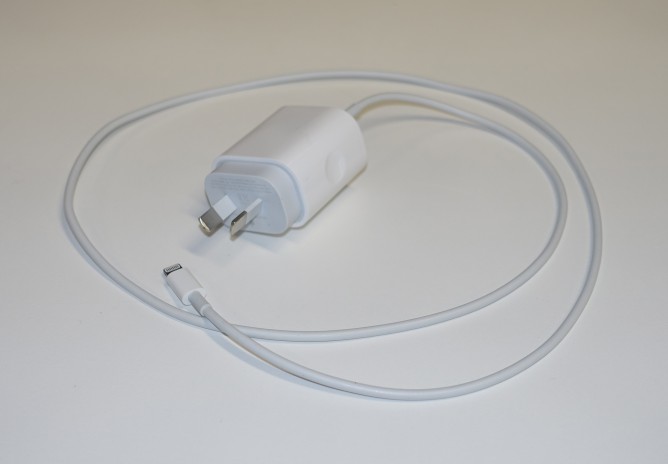
USB Power Delivery has been around since 2012, yet this technology did not get much attention from the mainstream market until some modern laptop and Apple gadgets started to have the feature. Simplistically speaking, Power Delivery is a technology specification that allows compatible charging cables to deliver faster charging. From version 2.0 specification, Power Delivery supports 5 V, 9 V, 15 V, and 20 V charging with output power from 0.5 W to 100 W. This flexibility is much needed in the space of modern technology, given that we have more types of devices than ever, each requiring different amount of energy.
Most products with Power Delivery (PD) today is associated with USB-C port. However, the actual PD specification is not always tied to USB Type-C. In its early days, there are certified PD aware USB cables with standard USB Type-A and Type-B connectors to deliver increased power (more than 7.5 W) to devices with larger power demand.
I decided to test this PD technology using Apple’s own wall charger: the 18W Power Adapter with USB-C plug. This charger is noticeably bulkier than the standard 5W charger, and its USB-C port means I have to get new cable dedicated for this charger. Unfortunately there is not much option in the market today for USB-C to lightning cable with official MFi certification from Apple. We have 2 options already in the market: Apple-branded cable, and Anker PowerLine II USB-C to Lightning cable. Some other brands has announced that they will release their cables soon, but they are not currently available just yet.
In my tests, I managed to get to the same percentage of charging with 30%-40% less charging time. It’s not really lab-level test because I still use my phone occasionally during charging and some notifications were received. However, I was quite satisfied with the results.
Is it worth the cost? It depends. For normal end-of-day charging, this PD is completely meaningless because we have enough time to charge. Plus would actually preferred normal charging, hoping that it would reduce the risk of accidents and hoping to keep the battery healthy for longer. However, at busy times during the day, I could easily see how this could be highly valuable. I have owned this charger for a few months and so far I had at least 3 occasions when I need fast charging and was glad I did have it.
Should everyone get this? It depends on each individual’s usage pattern and I could see that this could be more valuable to some than others. For me, it was a worthy experiments and I am looking forward to bring this charger in my next traveling occasion.

Leave A Comment